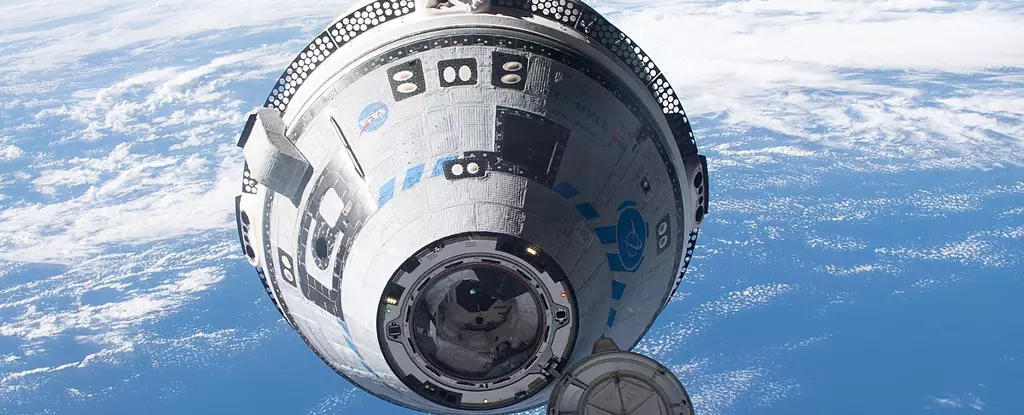The recent setbacks faced by Boeing’s Starliner capsule have resulted in NASA extending the stay of two astronauts at the International Space Station. These delays were caused by helium leaks and thruster problems, raising concerns about the safety and reliability of the spacecraft. This unexpected turn of events has significantly impacted NASA’s plans for the return of the crew members.
The initially planned return date for the astronauts has been postponed indefinitely as NASA grapples with the ongoing issues with the Starliner capsule. Instead of rushing to bring the crew back to Earth, NASA has decided to prioritize conducting tests, analyzing data, and attempting to address the technical problems. Fortunately, the station has an adequate supply of essentials, alleviating the immediate need for a hasty return mission.
NASA’s decision to cancel the scheduled departure on June 26 was influenced by various factors, including the need to accommodate upcoming spacewalks on the ISS and review propulsion and system data. The presence of conflicting timelines and the necessity for thorough evaluations have contributed to the uncertainty surrounding the return of the astronauts. These challenges highlight the intricate nature of space missions and the importance of meticulous planning and preparation.
Boeing’s Starliner encountered multiple setbacks during its journey to the International Space Station, raising concerns about the spacecraft’s performance and reliability. Despite the successful delivery of cargo to the ISS, issues such as thruster failures and helium system leaks have posed challenges for the mission. The detection of five small leaks on the service module further underscored the complexities involved in space travel.
NASA’s approach to addressing the issues with the Starliner capsule reflects a strategic and methodical process aimed at ensuring the safety and success of the mission. By allowing data to guide decision-making and conducting thorough reviews, NASA is demonstrating its commitment to upholding stringent standards for space exploration. The emphasis on agency-level reviews and documentation underscores the meticulousness inherent in space missions.
The delays and setbacks experienced by the Starliner capsule have significant implications for NASA’s Commercial Crew Program, which aims to enhance access to the International Space Station through partnerships with private companies. The challenges faced by Boeing highlight the complexities and uncertainties associated with crewed space missions, underscoring the need for rigorous testing and evaluation processes. Despite the setbacks, NASA remains optimistic about the potential of the Starliner to contribute to regular cargo deliveries and crew missions to the ISS.
As NASA continues to assess the situation and evaluate the readiness of the Starliner capsule for future missions, the focus remains on ensuring the safety and effectiveness of space travel. Mission managers will carefully consider return opportunities for the Starliner, taking into account the technical challenges and lessons learned from the current mission. The upcoming readiness review and media teleconference will provide insights into the progress made and the strategies being employed to address the issues at hand.
The delays and technical challenges faced by Boeing’s Starliner capsule have shed light on the complexities of space exploration and the importance of meticulous planning and problem-solving. NASA’s response to the setbacks reflects a commitment to safety, innovation, and collaboration in the pursuit of space missions. Despite the uncertainties and hardships encountered along the way, the resilience and dedication of the teams involved in the mission remain unwavering.


Leave a Reply